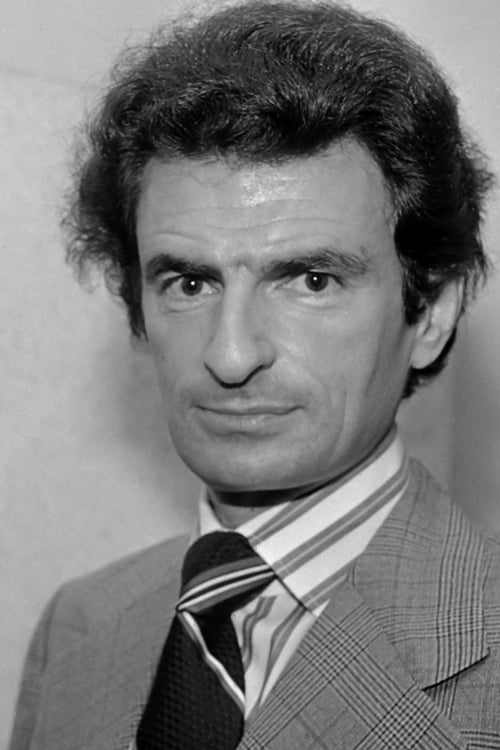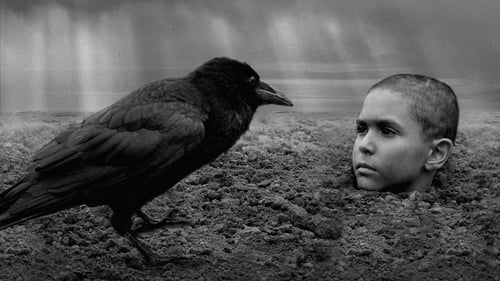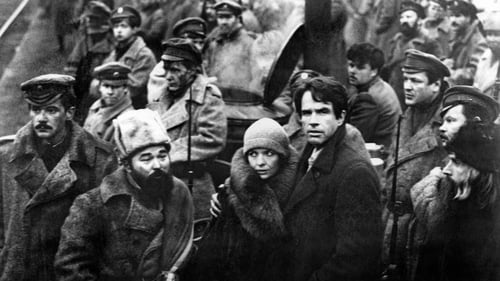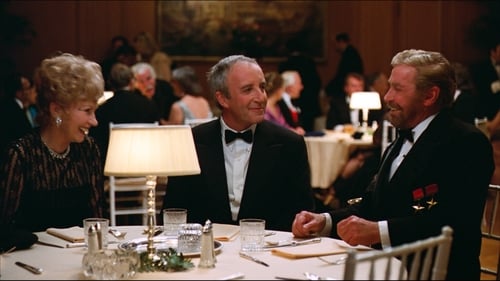Jerzy Kosiński
出生 : 1933-06-14, Lódz, Poland, Russian Empire [now Lódz, Lódzkie, Poland]
死亡 : 1991-05-03
略歴
Jerzy Nikodem Kosiński , born Józef Lewinkopf, was a Polish-American novelist and two-time President of the American Chapter of P.E.N., who wrote primarily in English. For several decades, Kosinski was famous as a wit, a great raconteur, and a media celebrity. His first three novels were big hits. However, in June 22, 1982, "Jerzy Kosinski's Tainted Words," an article by Geoffrey Stokes and Eliot Fremont-Smith in The Village Voice, accused Jerzy Kosinski of plagiarism and dishonesty. 'The Painted Bird' was widely considered to be autobiographical; the Voice showed that this shocking tale about a brutalized childhood during the Jewish Holocaust was not after all about Jerzy, who actually lived rather comfortably during the war years. 'Being There', which was adapted as a successful film, was shown to have been plagiarized from an earlier Polish novel. Jerzy Kosinski appeared in two feature films a few documentaries and a large number of talk shows.
His parents, Moses (Mojzesz) and Elzbieta (Liniecka) Lewinkopf, were well off, resourceful and cultured—though Elzbieta was an amateur musician, not a concert pianist as her son maintained, and Moses was a manager skilled in languages but not a professor of linguistics. The Lewinkopfs, secularized Jews, recognized the Nazi threat to their native Poland, and in late 1939 they acquired papers changing their last name to Kosinski and the father's first name to Mieczyslaw. Kosinski was their only biological child.







